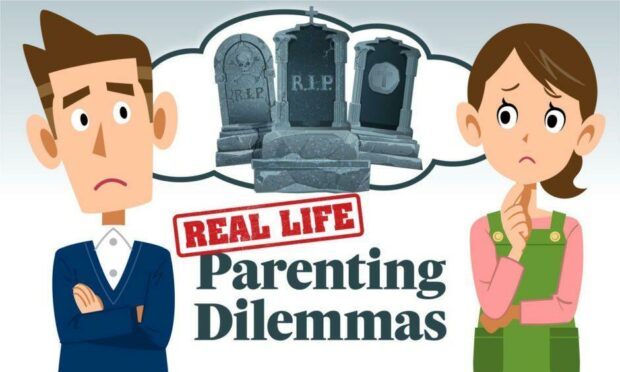Talking to children about death.
Of all the difficult topics we must guide our children through, death is arguably the hardest.
In a recent Press and Journal poll, 75% of readers said they had discussed death with their kids ‘a little, but not in detail’.
Much of the advice centred around normalizing death. It is, after all, in a sense the most natural part of life.
One way of doing this at home is with books, which sensitively broach the topic.
We’ve therefore come up with a list of five children’s books on bereavement, for toddlers up to teens.
A Monster Calls, by Patrick Ness. Age 12+
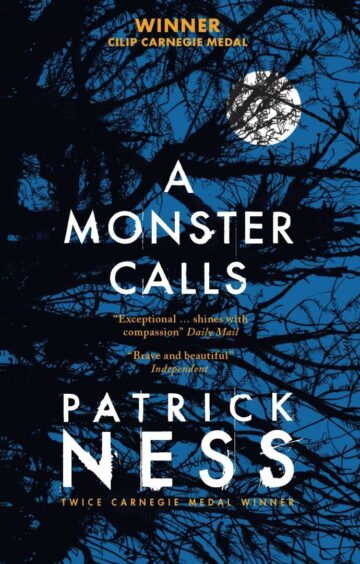
Thirteen-year-old Conor is struggling to cope with the consequences of his mother’s terminal illness. It describes the fury and guilt felt by Conor as he tries to care for her, and of his emotions after her death. Through conversations with the ‘monster’ in dreams, Conor comes to realise that his mother’s death means she no longer has to suffer, that he no longer has to feel so isolated in his role as carer, and that it means an end to both their pain. Conor can finally let his mother go.
Michael Rosen’s Sad Book, by Michael Rosen. Age 6+
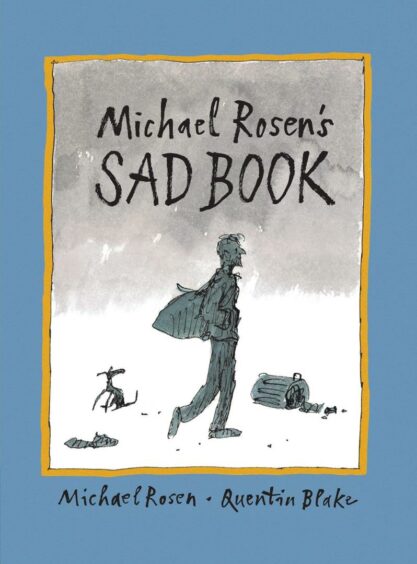
A wonderful book that says you’re allowed to be sad, that everyone is sad sometimes. And angry. And horrible to other people. Using text and image to communicate the complex feelings of grief, the idea for the book arose after a group of children asked the author questions about his son’s death, and they were able to discuss it in a “matter-of-fact” way.
Charlotte’s Web, by E.B. White. Age 6+
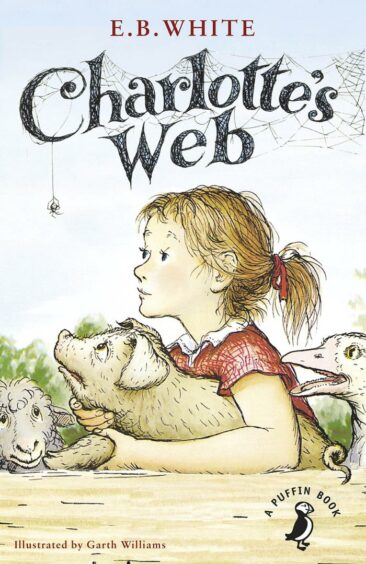
Wilbur is the runt of a litter of piglets. Starved of companionship after being snubbed by the other animals on the farm, Wilbur eventually befriends a barn spider named Charlotte. When Wilbur learns that he is being raised for slaughter, Charlotte hatches a plan to save him from the abattoir. Being a spider with a naturally short lifespan, Charlotte dies, but not before she has successfully helped Wilbur see out the winter. Struggling to come to terms with Charlotte’s death, Wilbur finds comfort in befriending Charlotte’s children, and subsequent generations of spiders.
Goodbye Mog by Judith Kerr. Age 2+
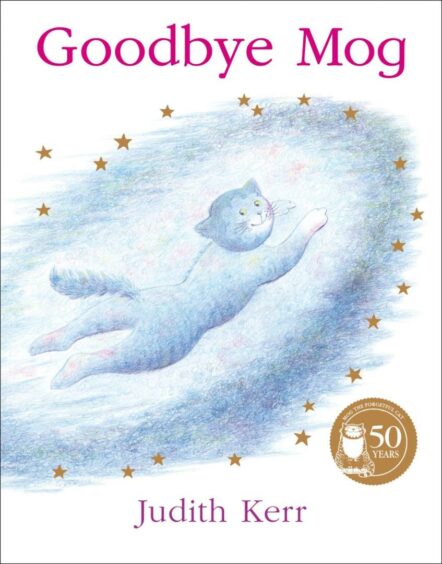
Ultimately a tale of the death of a cat (Mog), it is also a beautifully-told story of Mog’s tiredness and readiness to leave. It emphasises Mog’s continued love for her family, and how she wants them to be happy after she’s gone. Goodbye Mog is still helping children struggling with loss, over half a century since it was first published.
No Matter What by Debi Gliori. Age 2+
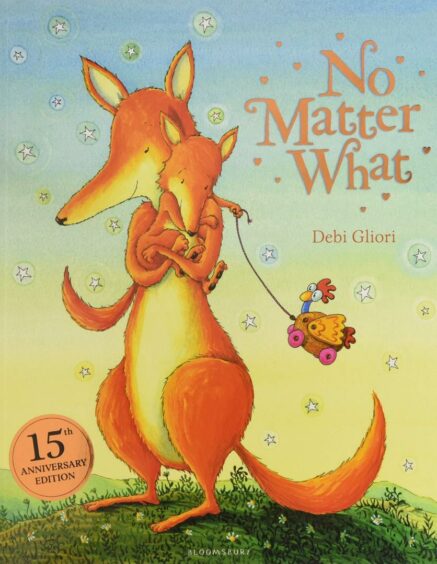
A picture book about love, and going on forever, even after we’re gone. This heartfelt story looks at the unconditional love each parent feels for their child, featuring a kangaroo whose mother must reassure him that her love will never, ever run out – no matter what.
More Schools and Family news
Emerging from the pandemic: Will school ever be the same again?
When should my child start doing chores? Answer: When they’re two
Calum Petrie: We Dads do our bit, and don’t need a ‘pat on the back’
